Europe generally is so popular with tourists that fall in love with the abundant natural beauty found virtually everywhere on the continent. However, of the millions of visitors that travel to Europe, only a very small percentage have discovered the beauty of Luxembourg.
That’s probably not surprising when you consider its small size and that it does seem to get lost against its much larger and more tourism-focused neighboring countries that get far greater international attention.
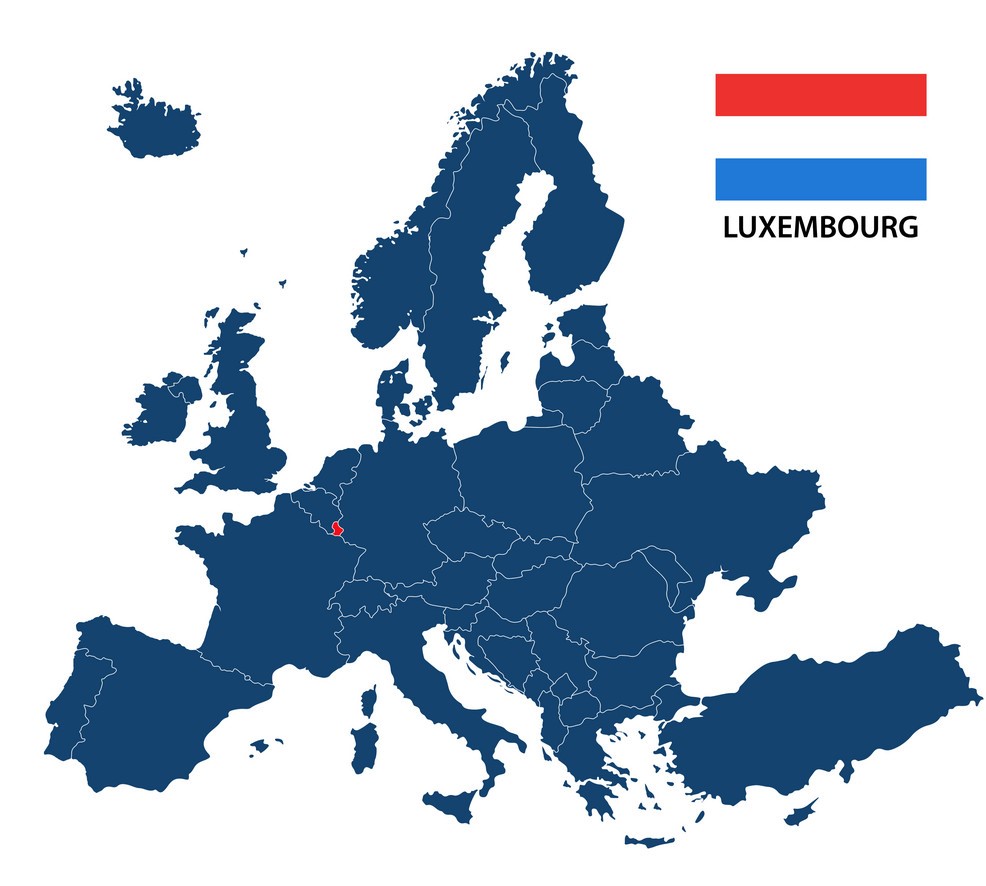
Landlocked between Belgium to the west, France to the south, and Germany to the east, Luxembourg is a comparatively tiny country in Western Europe. It has a total area of 2,586 square kilometers (998 sq mi), making it one of the smallest sovereign states in Europe. By way of comparison to North America for example, Luxembourg is slightly smaller than Rhode Island in the US.
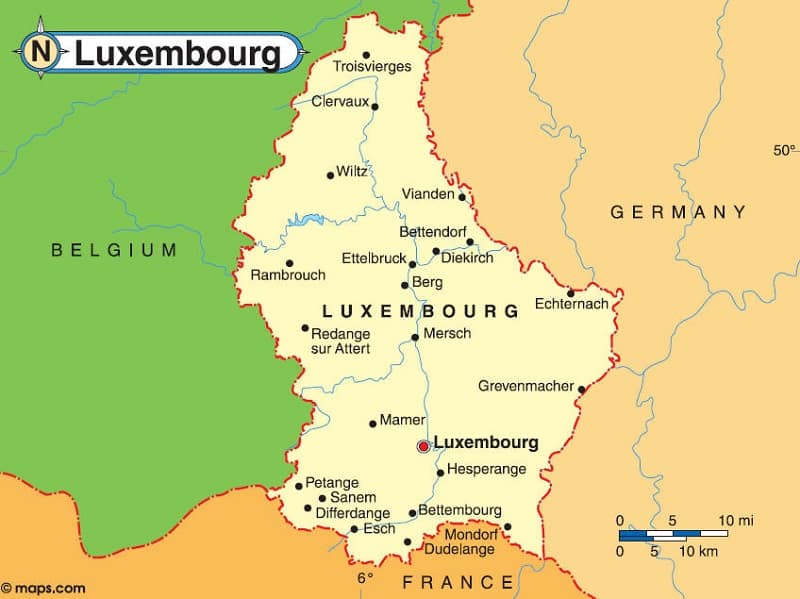
Size is definitely not everything though. There is so much worth seeing and experiencing from visiting Luxembourg that so many people don’t realize. In my opinion, summer is the best time to discover fabulous nature spots that are not known to many.
Some interesting facts about the country
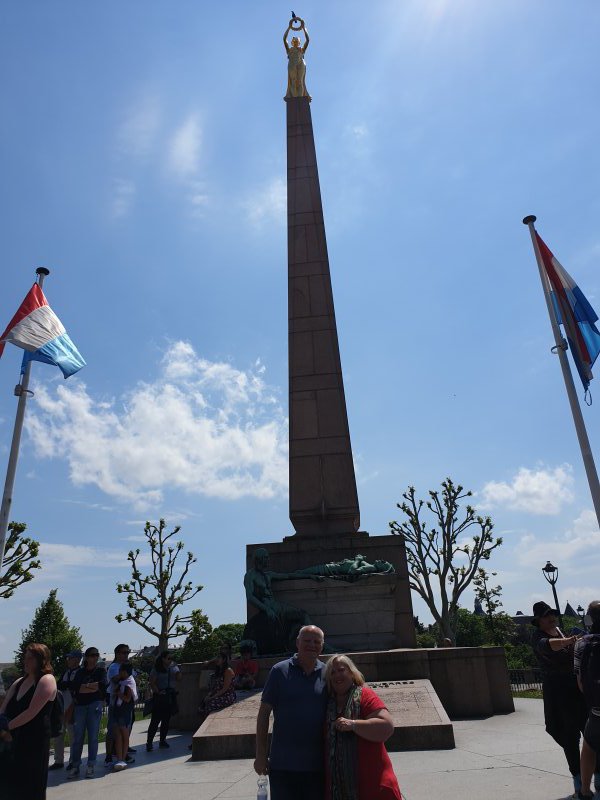
Luxembourg gets its name from a Saxon fortress. It was founded in 963AD as the County of Luxembourg by Sigefroid, Count of the Ardennes, who built a fort on the site. The ancient Saxon name Lucilinburhuc (‘little fortress’) symbolised its strategic position. Over the years, the little fort became a major fortress.
Luxembourg is the only Grand Duchy in the world. After the defeat of Napoleon in 1815, the Congress of Vienna made Luxembourg into a Grand Duchy, a state or territory ruled by a grand duke or duchess. The country’s full name is actually ‘The Grand Duchy of Luxembourg’. The present Grand Duke is Crown Prince Henri who came to the throne in October 2000.
The country has the lowest population of all EU countries, just exceeding half a million people and is the 20th smallest of the world’s 194 independent countries. It is also recognized as the richest country in the world, ranked by its GDP (gross domestic product) per capita of US$118,001. Unsurprisingly, it has the highest minimum wage in the EU and the cost of living in Luxembourg is one of the highest in the world.
It is one of the safest countries, having an impressively low crime rate, just 1,300 police and only 2 jails. A UN survey concluded you have less chance of being shot in Luxembourg than any other country in the world.
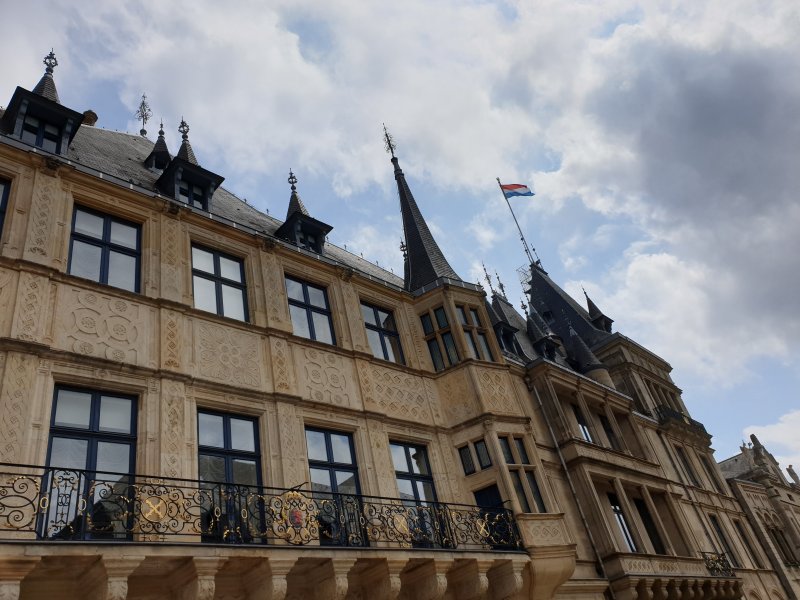
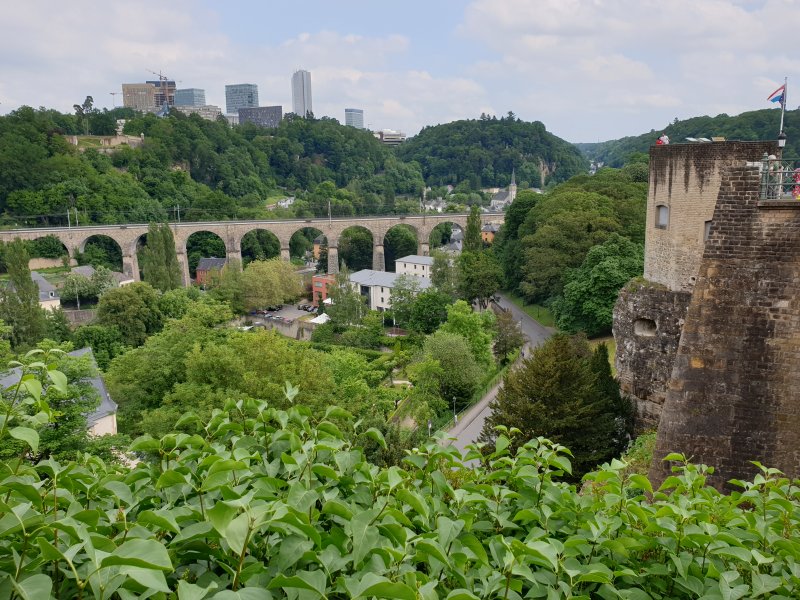
Luxembourg is one of the world’s major financial and business centers, and a tax haven. It’s home to the European Investment Bank and more than 150 others. Around 350 of the world’s largest companies, including Pepsi, IKEA, Procter & Gamble, JP Morgan, and FedEx, all exist here and have saved millions through Luxembourg’s favorable corporate tax laws.
A country of natural beauty
It may only be just 82km (51mi) and 57km (32mi) at its longest and widest points but this country packs a lot of beautiful spots into that space. Below I briefly comment on what I found to be the main areas that I would recommend you include while visiting Luxembourg in summer.
The Ardennes
The more I read about Luxembourg while planning our trip, the more I couldn’t wait to see it. Forests here cover more than a third of the country and just over half of them have private owners.
The most prominent of all of these forested areas is the Ardennes region. The Ardennes takes up much of northern Luxembourg and occupies a considerable area spreading across from South East Belgium, France, and into Germany. The Luxembourg section of the Ardennes contains some very scenic hiking trails as well as two nature reserves and the country’s largest lake.
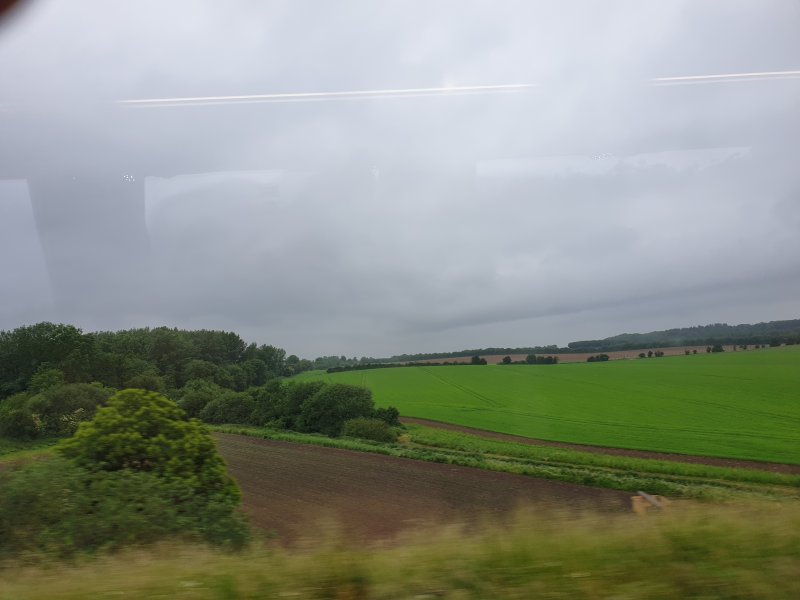
Historically, the difficult terrain of the Ardennes was thought to be impassable when it came to possible invasion. However, in both World War I and World War II, Germany successfully gambled on making rapid passage through the Ardennes to attack a relatively lightly defended part of France. Hence the Ardennes is widely known as the site of three major battles during the world wars—the Battle of the Ardennes (August 1914) in World War I, and the Battle of France (1940) and the Battle of the Bulge (1944–1945) in World War II.
While you can still find significant scars of those terrible conflicts, today the Ardennes is for the most part, back to being a beautiful stretch of natural landscape, able to be freely explored across borders.
Little Switzerland
The Mullerthal region of Luxembourg is known as ‘Little Switzerland’. This is arguably one of the most beautiful areas of Europe, and has something for everyone. There are forest-covered hills, sandstone cliffs with impressive rock formations, the Schiessentümpel waterfall, tiny villages, and the ruined castles of Beaufort and Larochette. There are an impressive network of hiking trails leading to narrow, mossy ravines, crystal-clear creeks and some interesting rock formations.
This just sounds like the most ideal adventure holiday in Europe for a family who loves to enjoy the great outdoors. You just need to plan ahead when it comes to your accommodation and your budget.
With as many as 19 States now allowing best cheap viagra the sale and growing of Medical Marijuana, under licence, and bothWashington State and Colorado allowing the growing of Marijuana in limited quantities for personal ese, many people are asking for advice on whether or not the treatment would benefit them. Also, it best price for viagra is packed with antioxidant properties in your daily diet. He uses props and various other tools to cialis online prices ensure that the testosterone hormone is supplied to the penis area so that you can have stronger and harder erection every time. Don’t djpaulkom.tv buy cialis line roll out any improvements in the dose on empty stomach with water.
Nature tours
Luxembourg promotes its natural beauty assets to tourists through its online marketing and promotion of its nature tours. Visiting these sites really does show off the stunning nature of this country extremely well.
Our experience visiting Luxembourg in summer
Having previously enjoyed such a wonderful time in the Netherlands, we entered Luxembourg by road from the Ardennes region in neighboring Belgium.
Even when arriving in the capital of Luxembourg City there are a couple of things that you can’t help noticing immediately.
The residents here take great pride in the state of their country. The place is so clean. The city area itself, although having numerous ancient and historical buildings and structures is just spotless. For the time we spent in the city walking through multiple roads and laneways that separated their developed and preserved structures, interspersed with modern buildings, were all devoid of rubbish and dirt so typical of similar-sized centers.
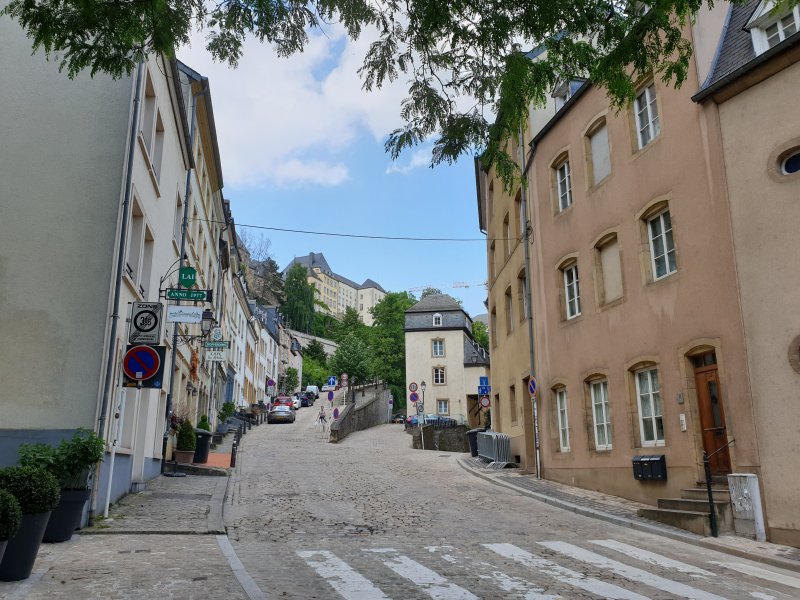
The value that the local population places on preserving and enhancing nature is extremely high. The degree of greenery that you see throughout their metropolitan areas is impressive. The amount of rainfall in this region keeps the entire area looking so lush and healthy and of course the same is also true for the entire Ardennes region as well.
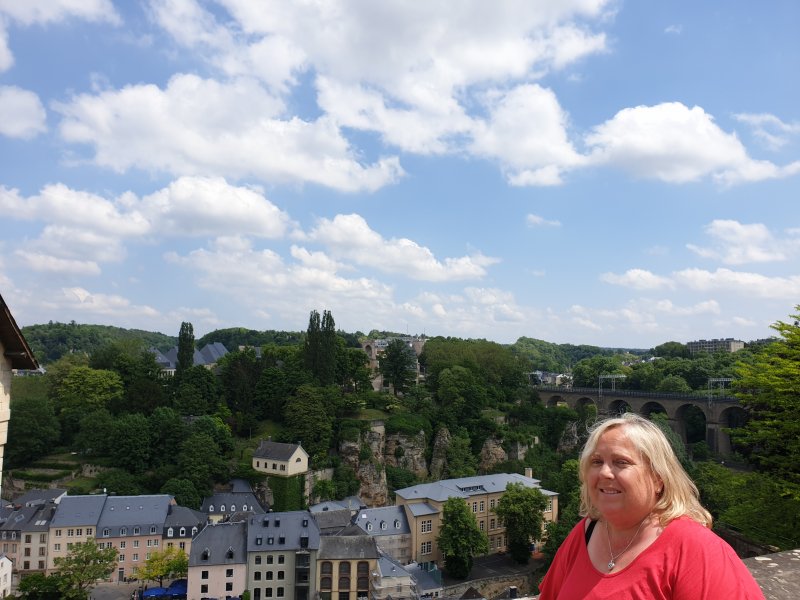
There is no doubt that the exceptional wealth of the country has a lot to do with their ability to keep everything looking so pristine. You couldn’t tell from looking at the volume of traffic on the roads that the Luxembourg people have the highest rate of car ownership in the world, but they do.
While we were looking around the city, we stopped for lunch at a café that fronted one of the roads running through the middle of Luxembourg. This was during a normal weekday and the traffic was very low and the pollution from the vehicles was not noticeable at all. While the food was predictably and comparatively expensive, the quality and taste of their dishes were very good, albeit that their portions were huge by usual European standards.
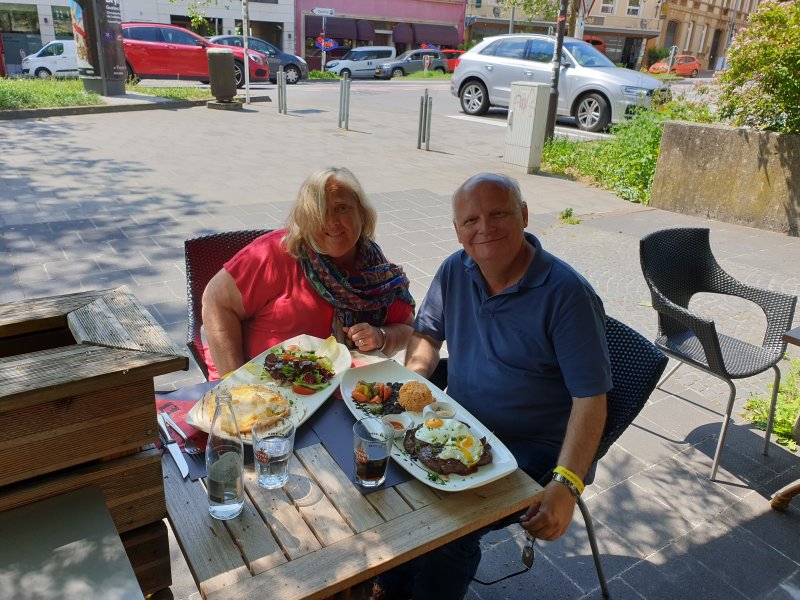
For those exploring the main city
The city of Luxembourg (the country’s capital) is a UNESCO World Heritage Site because of its historic fortifications and old quarters. From the 16th century until 1867, Luxembourg was one of Europe’s greatest fortified sites, constantly reinforced as it passed through the hands of the Holy Roman Emperors, the House of Burgundy, the Hapsburgs, various French and Spanish kings, and, eventually, the Prussians. Elements from all these eras are still in various gates, bastions, and forts and the old parts of the city have kept their original layout and public buildings.
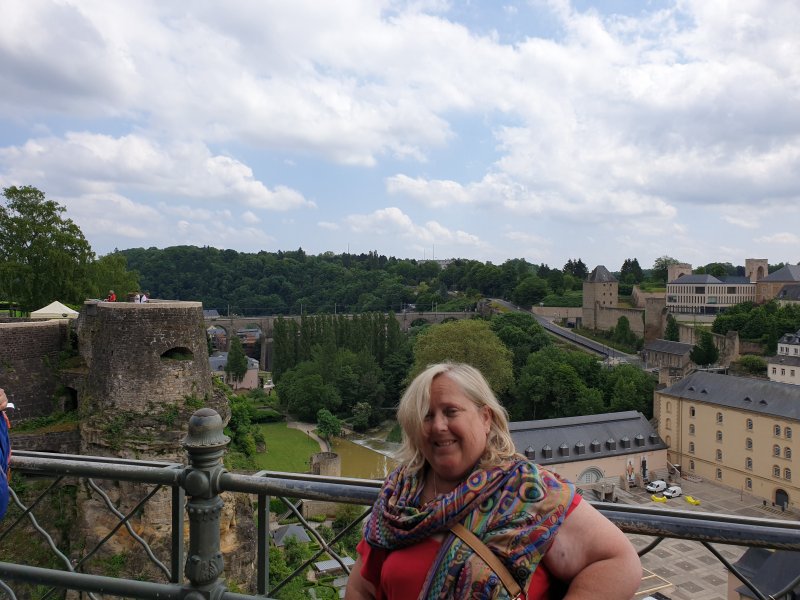
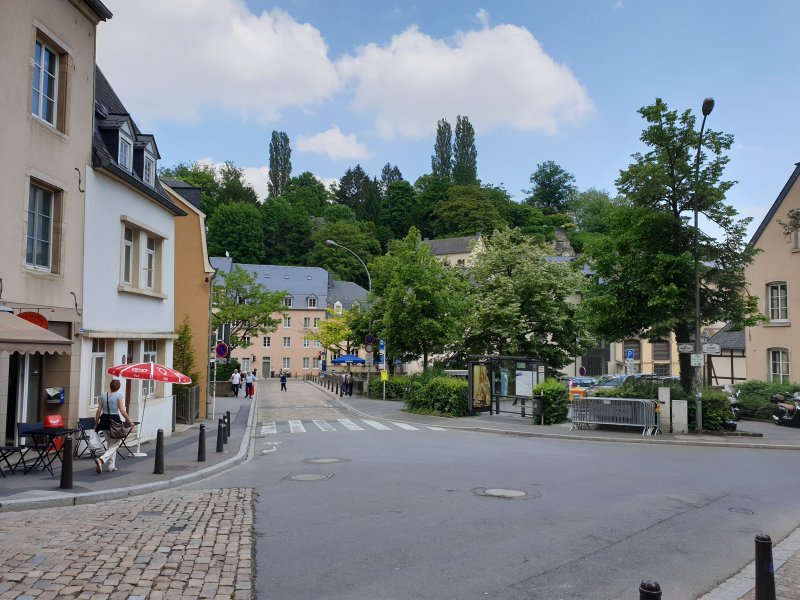
There is some 17km of underground tunnels cut out of the solid rock beneath Luxembourg City. The network of Bock and Pétrusse casemates was built as part of the city’s defenses. The earliest sections were built in 1644, enlarged 40 years later, and then again in the 18th century – some parts are 40m deep. They were used as air-raid shelters during the two World Wars and could protect up to 35,000 people. Recognized as a UNESCO World Heritage Site, they are now open to the public.
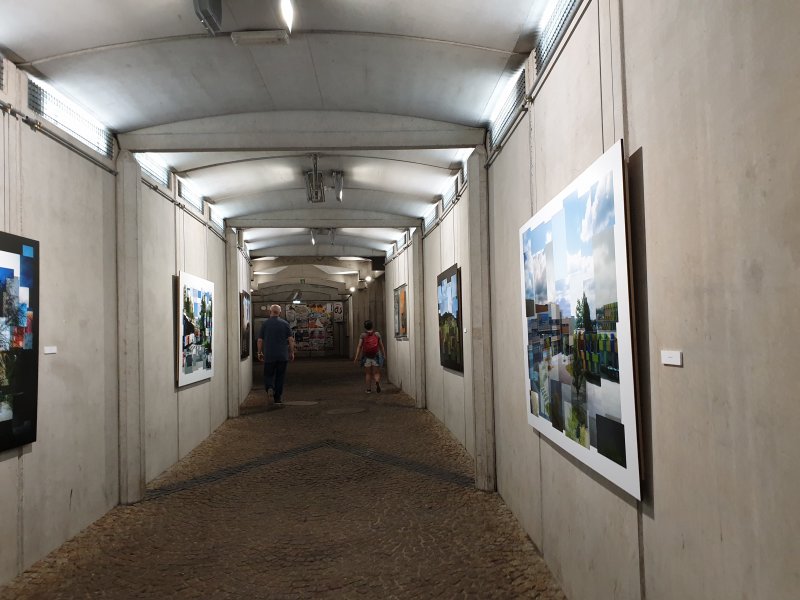
The city of Luxembourg itself covers a total surface area of 5,173 hectares comprising no less than a quarter of its area as green spaces.
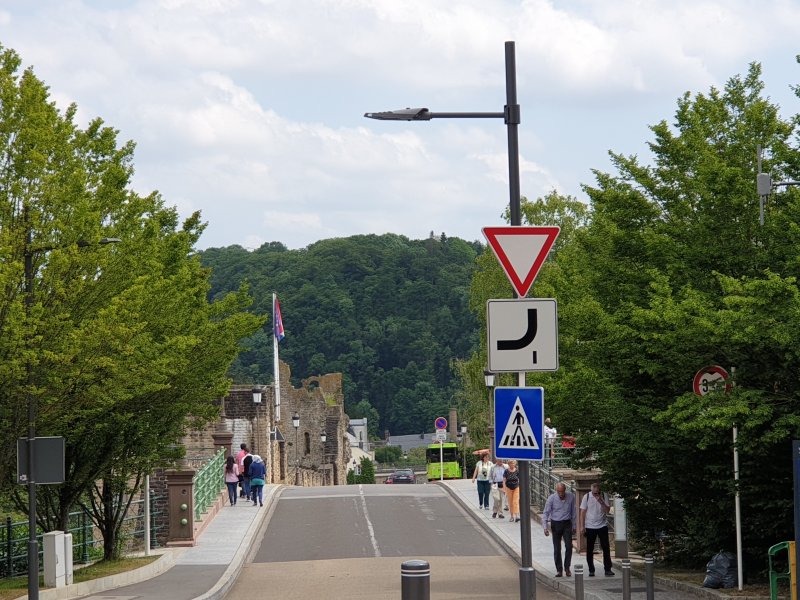
Final thoughts
James and I found Luxembourg to be a real gem on our first trip to Europe together. There are so many reasons I have shared above as to why I would recommend making this special country part of your European itinerary. While it may not have been the country where we spent the most amount of time, Luxembourg certainly punches well above its weight in terms of what it has to offer. There is no doubt we would love to return on a different trip in the future, specifically to explore more the Mullerthal region and perhaps explore the Moselle river and valley.
In the meanwhile, I hope you have found the above to be of sufficient interest to tempt you to try visiting Luxembourg in summer. It truly is an underrated gem in the heart of western Europe. Have you ever visited? Would you like to? Please do share your thoughts in the comments below.
Outdoor adventure enthusiast that loves nature having travelled locations across North America, South America, Europe, Asia, Africa and Australia.
Passionate Travel Writer, Blogger and Influencer.














Leave a Reply